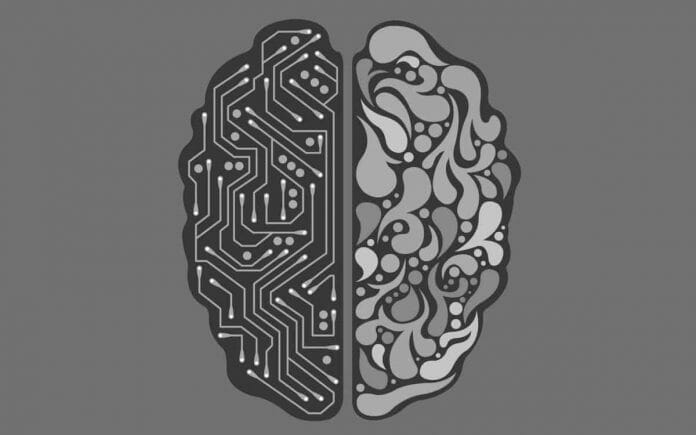Lenovo reveals a vital shift that is predicted to drive technology trends in 2018 and beyond. During an IDC InfoBrief commissioned by Lenovo, ‘Enabling the Future Workspace – Agile, Intelligent and Engaging’, the changing workforce demographic is expected to experience a rapid adoption of new technologies that will lead to fundamental changes in the workspace and how people do work.
The IDC InfoBrief finds that Asia’s millennials, who makes up to more than 59% of the workforce by 2020, will drive the overall transformation across Asia Pacific, excluding Japan (APeJ). Their knack for new technologies combined with enterprises’ quest for competitive advantage will fuel the adoption of high potential innovation accelerators.
This includes augmented/virtual reality (AR/VR), cognitive/artificial intelligence, Internet of Things (IoT), 3D printing, and also robotics. Subsequently, it will lead to the rise of new behaviours and practices, particularly around human-device interfaces, collaboration, talent practices, visualisation and data-driven insights.
According to the IDC InfoBrief, APeJ will represent the largest market for innovation accelerators and is forecasted to reach more than US$600 billion by 2020. These changes will result in new norms across Asia Pacific.
Some of the key technology trends identified during the IDC InfoBrief includes:
- By 2019, 20% of Asia 1000 (A1000) companies will have a device as a service (DaaS) agreement in place, with 1% to have completely transitioned to DaaS
- By 2019, two-thirds of Windows 10 devices (PCs and tablets) will be managed via unified endpoint management (UEM) platforms and one in every three enterprise will have consolidated desktops and mobile management IT teams into a single operations unit.
- By 2020, 40% of digital transformation initiatives will be supported by cognitive/artificial intelligence (AI) capabilities
- By 2020, A1000 firms will use open innovation to allocate expertise to 15% of new projects, which will increase new product introduction rates by over 50%
- By 2020, over 20% of information workers will use augmented reality (AR) at the desktop or on mobile to manipulate digital information, interact with real-world objects and to collaborate with colleagues.
- By 2021, the worldwide market for AR/VR is expected to reach US$215 billion.
- By 2020, 20% of all field service technicians will use AR
- By 2019, 20% of all new enterprise IT mobile apps will include an AR feature set
- By 2020, VR is expected to transform 20% of corporate training, which will cut costs by half compared to traditional methods.
According to IDC, companies in the region have to stay competitive by taking a holistic approach to create a smart office across multi facets, be it for physical space, work culture and technologies.
Meanwhile, Lenovo believes that in order to provide a truly engaging digital experience in the workspace, taking a user-centric approach to transformation is crucial. Enterprises need to look past the idea of traditional PC to create a mobile, smart and personalised experience for its employees.
This can be done by offering a variety of form factors and design choices to meet modern workspace demands with next gen devices, ensuring device mobility while also maintaining enterprise-grade reliability.
As for physical workspaces, transformation can be accelerated with bimodal IT and agile practices, solutions and commercial models tailored for different segments and markets, as well as solutions that slows both devices and management capabilities.
Apart from that, Lenovo is focusing its efforts on innovation and is investing approximately US$1.4 billion in R&D globally, to help customers transform and lead this new world of intelligent transformation.









